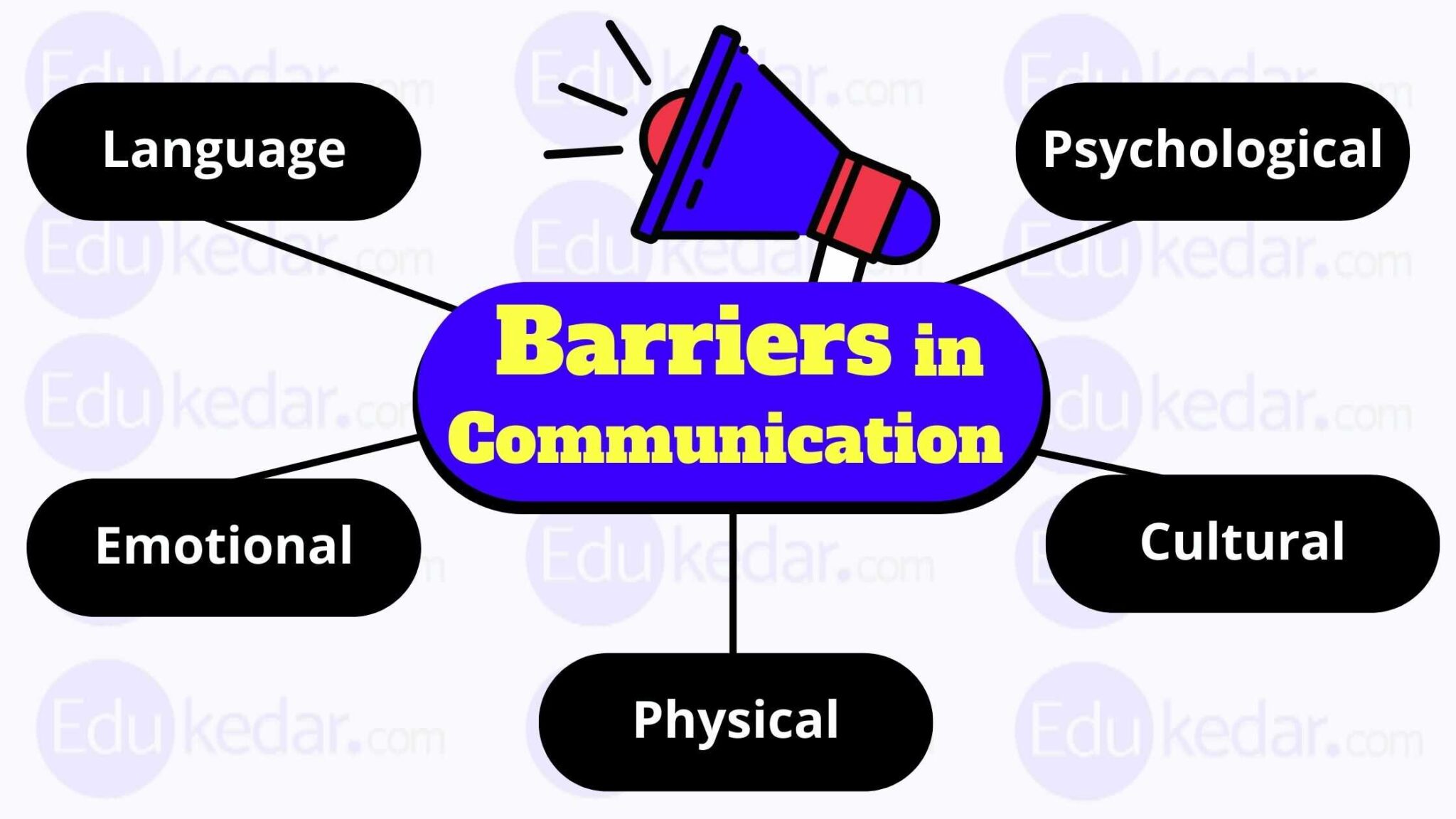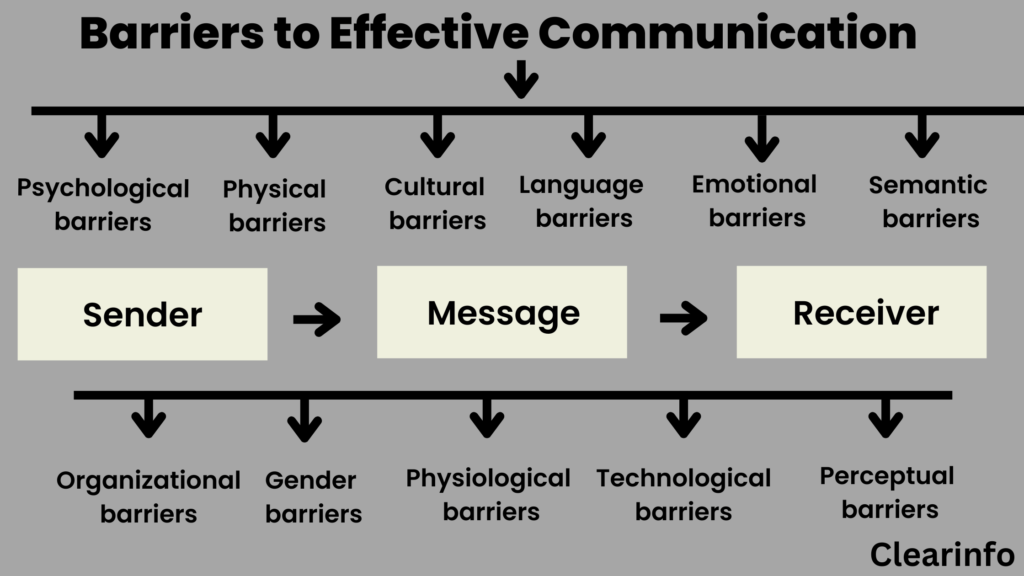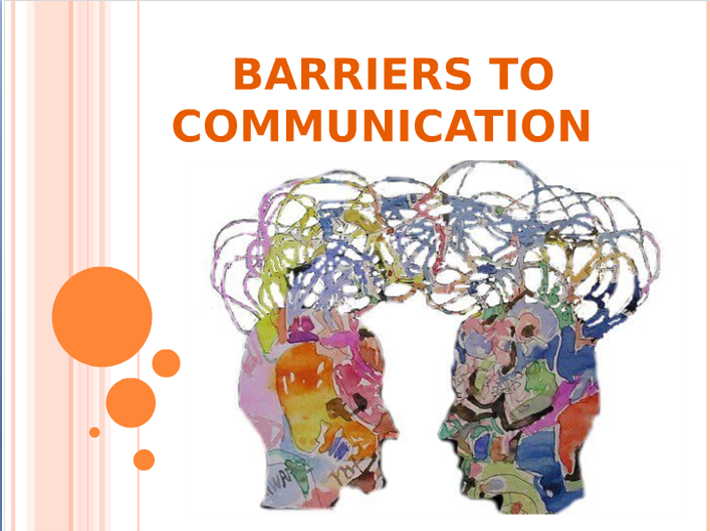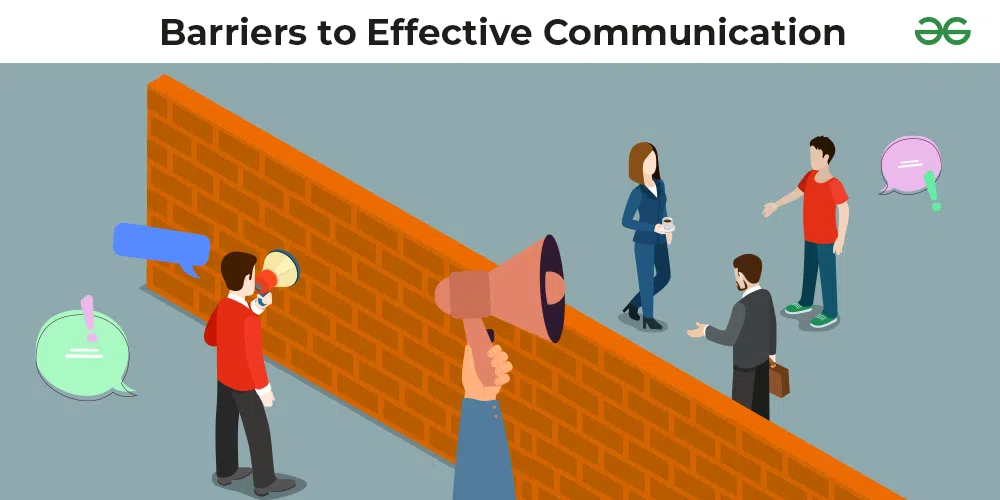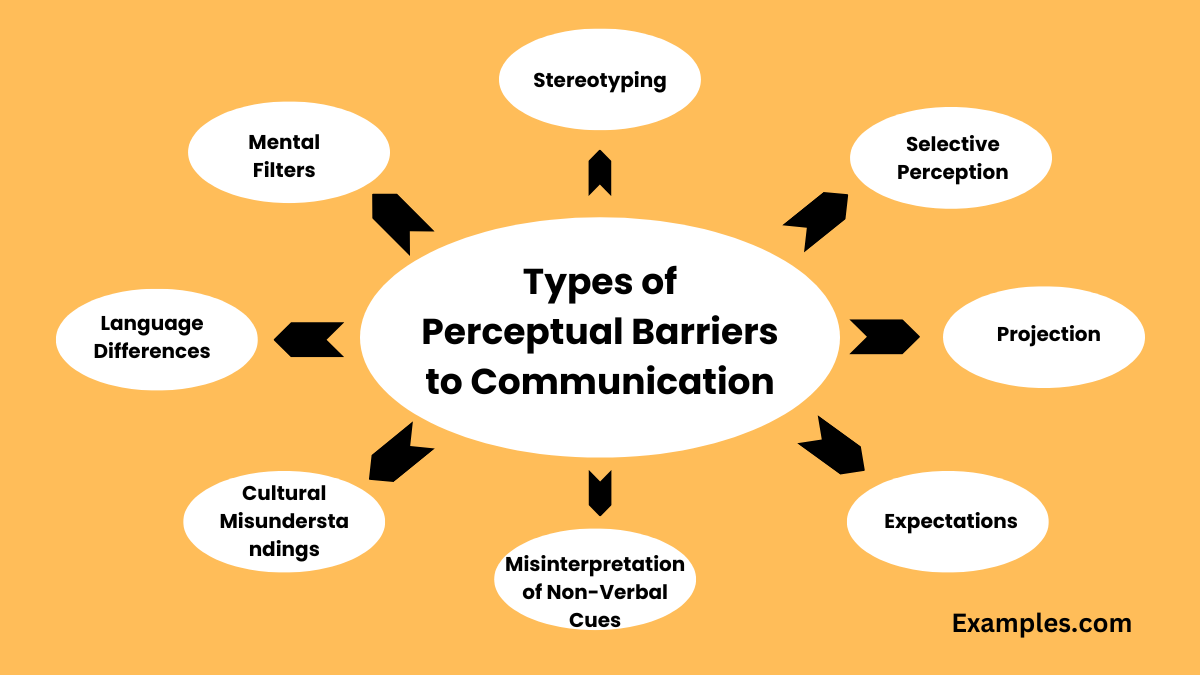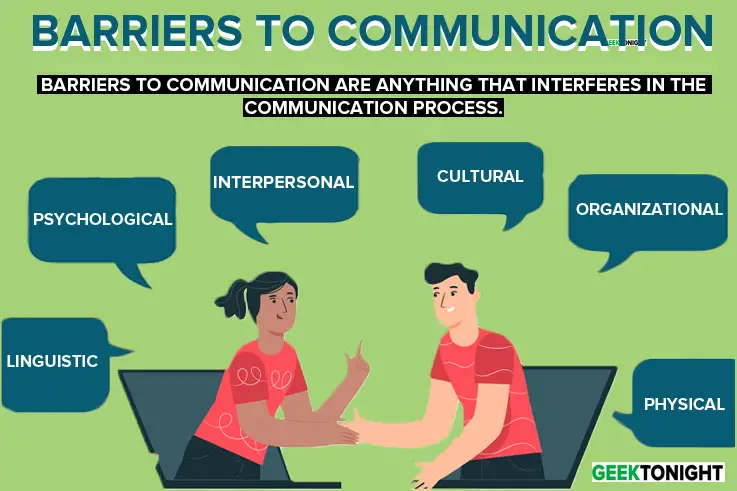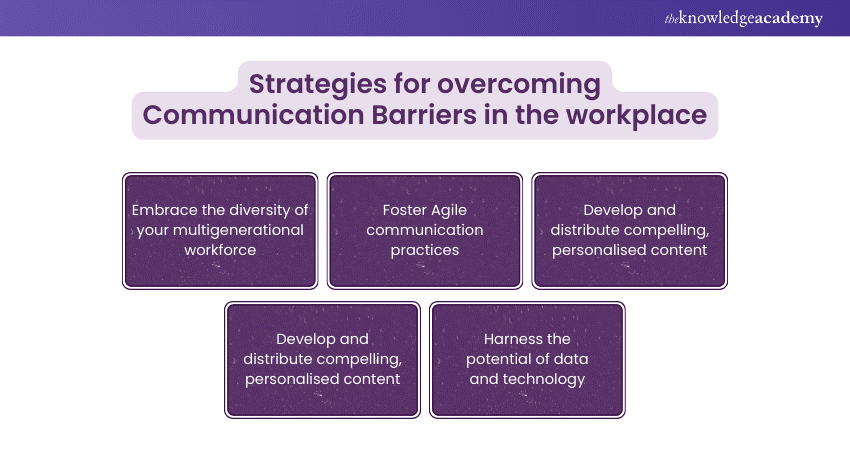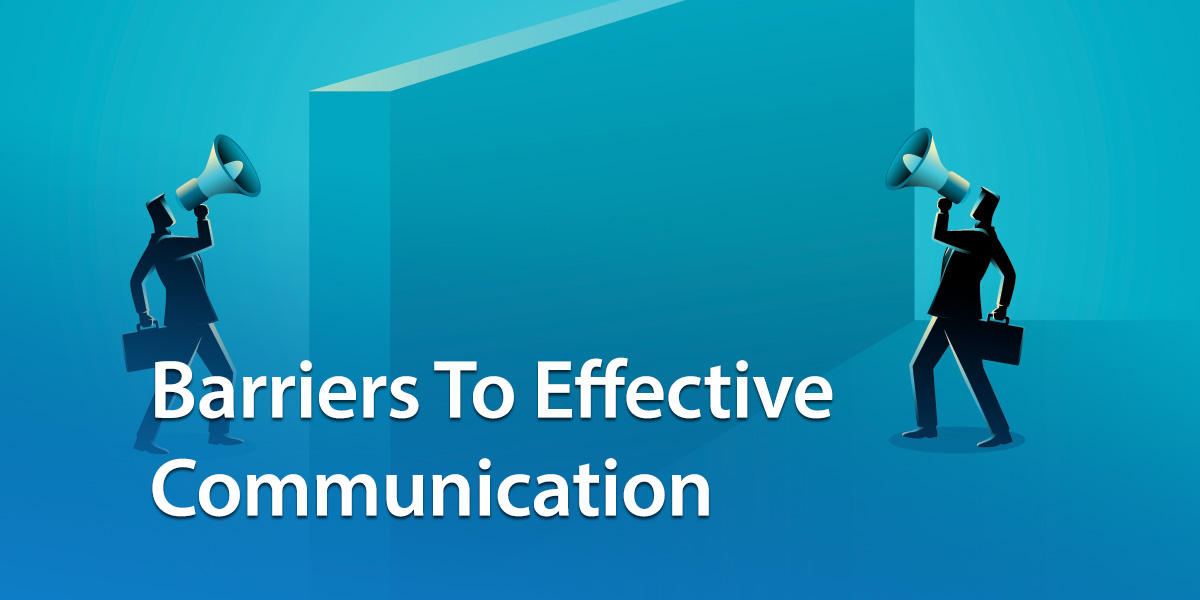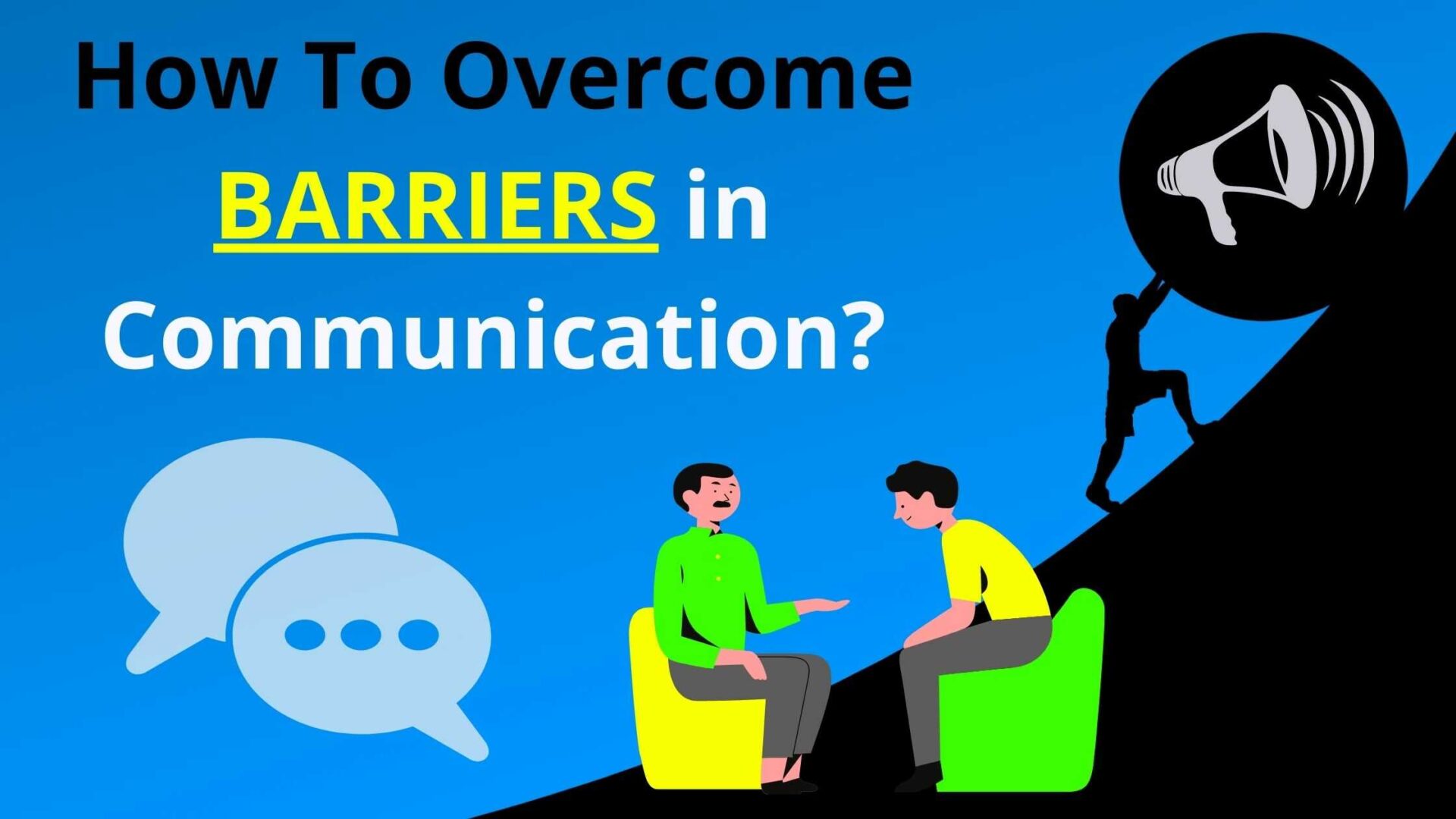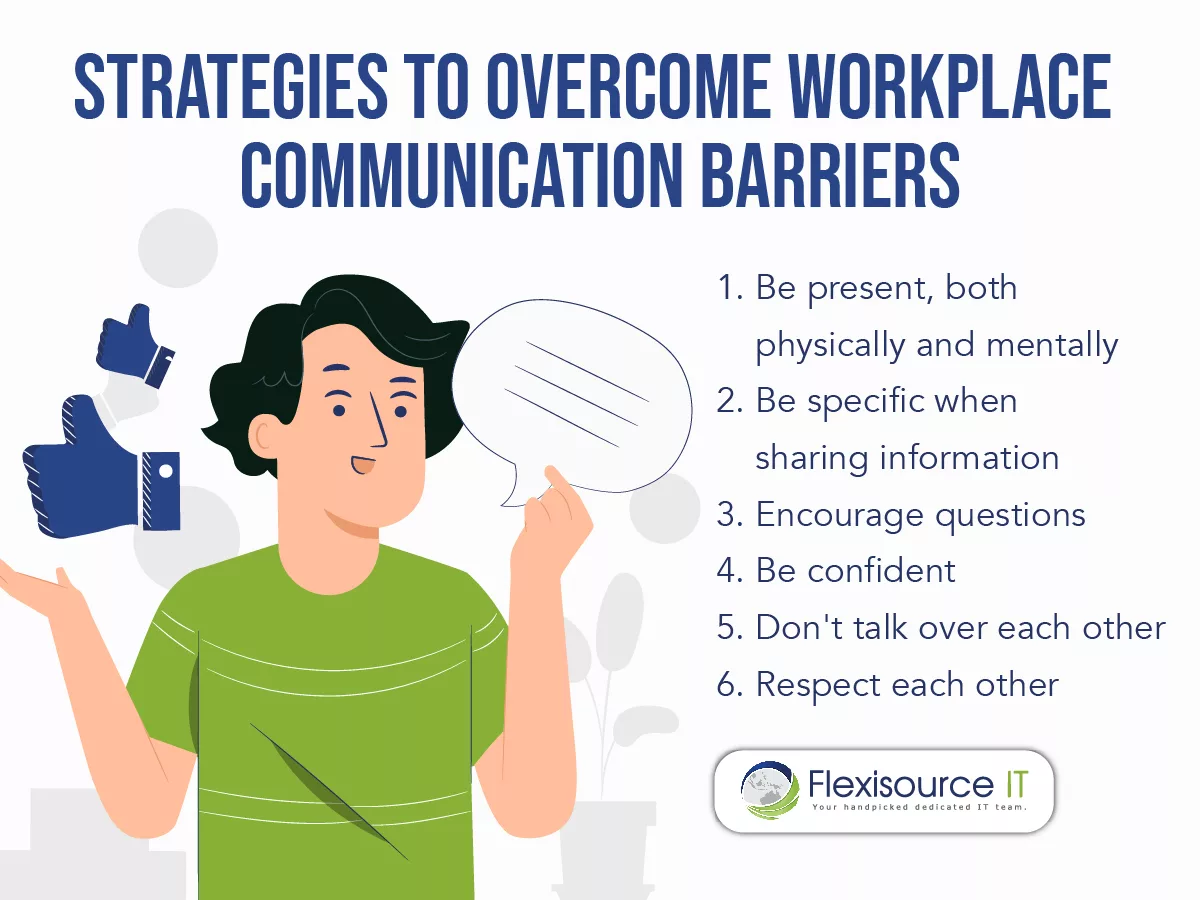Possible Barriers To Communication
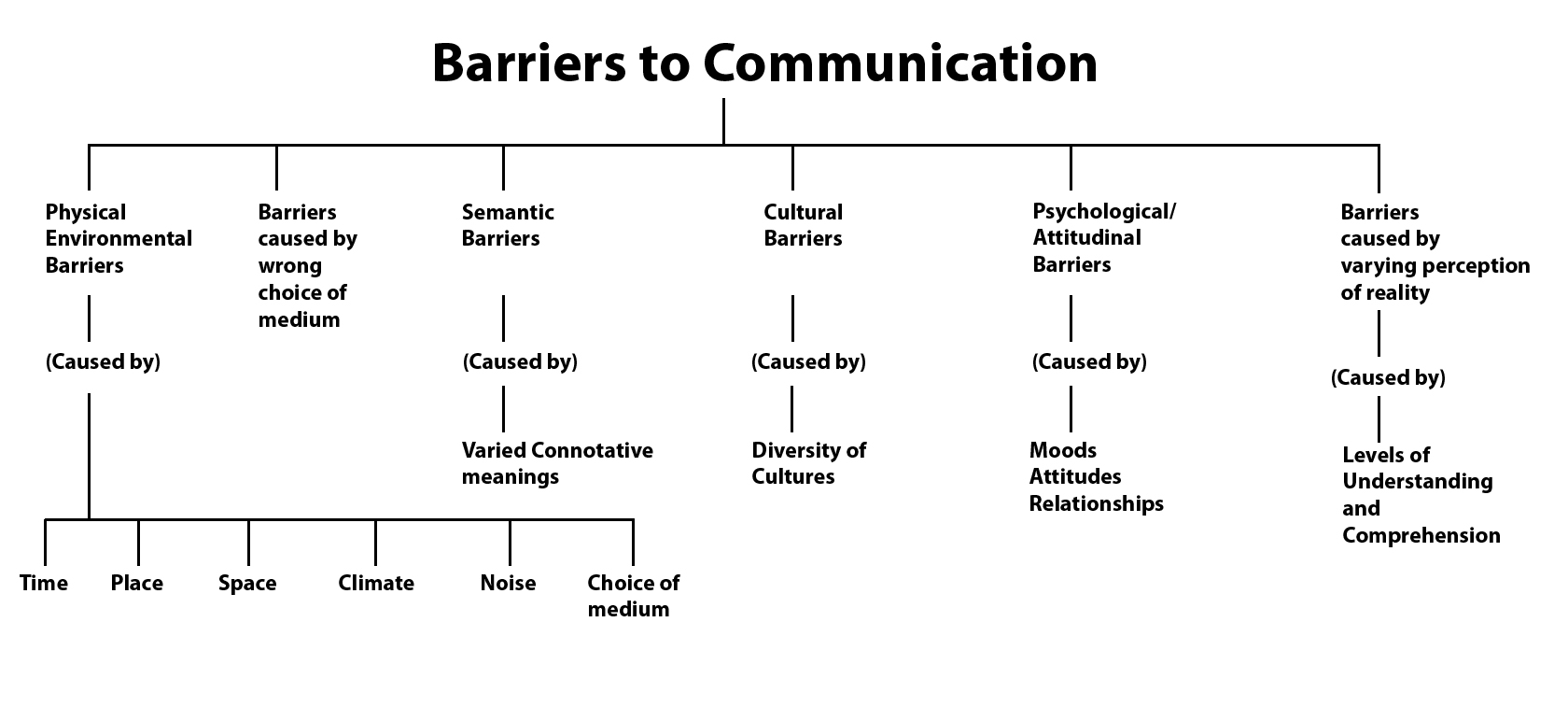
Effective communication is the lifeblood of any functioning society, organization, or even personal relationship. Yet, despite its crucial role, communication often falters, encountering a multitude of barriers that hinder the accurate and efficient exchange of information. These impediments can lead to misunderstandings, conflict, and ultimately, a breakdown in collaboration and progress.
Understanding these potential barriers is the first step in mitigating their impact. This article explores several key obstacles to effective communication, drawing on research and expert opinions to provide a comprehensive overview of the challenges we face in conveying and receiving messages accurately.
Physical Barriers: The Environment Speaks Volumes
Physical barriers are perhaps the most obvious impediments to communication. They encompass environmental factors that disrupt or prevent messages from reaching their intended recipients. Noise pollution, for instance, can drown out conversations, making it difficult to hear and understand what is being said.
Poor lighting, uncomfortable temperatures, and physical distance also contribute to communication breakdown. Think of a factory floor with loud machinery or a meeting room with inadequate ventilation – these scenarios actively impede the flow of information.
Semantic Barriers: Lost in Translation
Semantic barriers arise from problems with the meaning of words and symbols. These barriers often stem from differences in interpretation, jargon, and the use of ambiguous language. A word can have multiple meanings, and the intended meaning may not be clear to the receiver.
Jargon, while efficient within a specific professional context, can alienate those unfamiliar with the terminology. The overuse of technical terms or acronyms can leave individuals feeling confused and excluded from the conversation.
Psychological Barriers: The Mind's Filters
Psychological barriers relate to the mental and emotional state of the communicator and the receiver. These barriers can be deeply personal and significantly impact how messages are sent and received. One common psychological barrier is prejudice.
Preconceived notions, stereotypes, and biases can distort the way we interpret information. Individuals may selectively attend to messages that confirm their existing beliefs and disregard those that contradict them.
Furthermore, factors like stress, anxiety, and fear can also interfere with communication. A person who is feeling overwhelmed may struggle to focus on the message being delivered, leading to misunderstandings.
Cultural Barriers: Navigating Different Worlds
Cultural barriers arise from differences in cultural norms, values, and communication styles. These barriers can be particularly challenging in an increasingly globalized world, where individuals from diverse backgrounds frequently interact.
Nonverbal cues, such as gestures, eye contact, and personal space, vary significantly across cultures. What is considered polite and respectful in one culture may be perceived as rude or offensive in another. Effective cross-cultural communication requires awareness and sensitivity to these differences.
Organizational Barriers: Hierarchy and Structure
Within organizations, communication can be hampered by hierarchical structures and bureaucratic processes. Information may be filtered or distorted as it moves up and down the chain of command.
A lack of transparency and open communication channels can also create barriers. Employees may be reluctant to share information or express concerns if they fear reprisal or believe their voices will not be heard. According to a recent study by Gallup, companies with high employee engagement have significantly better communication practices.
Overcoming Communication Barriers: A Path Forward
Addressing these barriers requires a multifaceted approach. Active listening, empathy, and clear articulation are essential skills for effective communicators. Seeking feedback and clarification can help ensure that messages are understood as intended.
Organizations can foster open communication by promoting transparency, encouraging employee participation, and providing training in communication skills. Embracing diversity and cultural sensitivity is crucial for bridging cultural divides.
Ultimately, overcoming communication barriers requires a commitment to understanding and respecting different perspectives. By recognizing and addressing these challenges, we can foster more meaningful and productive interactions in all aspects of our lives.

